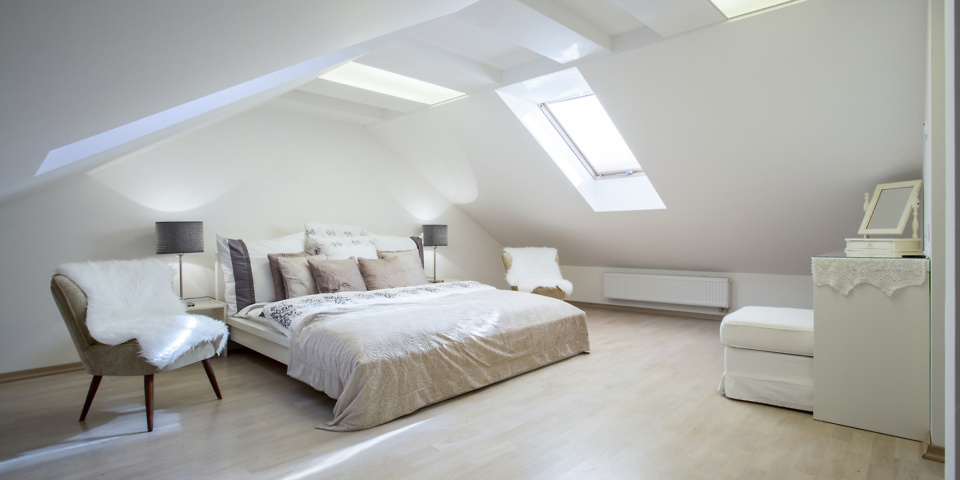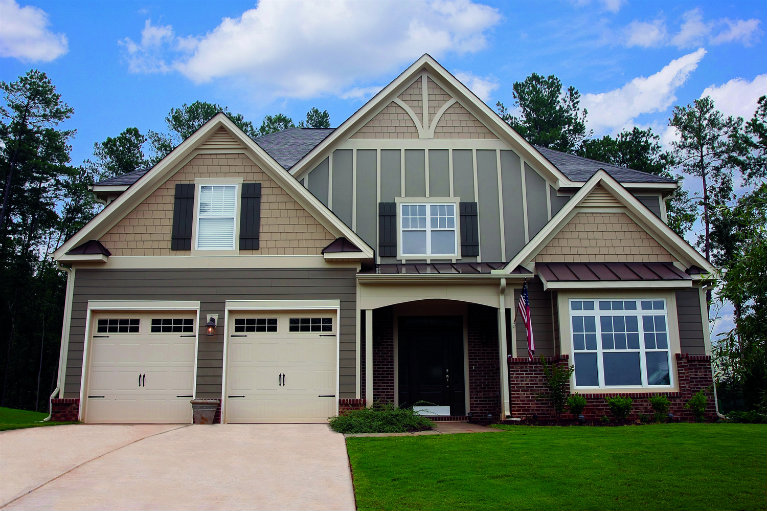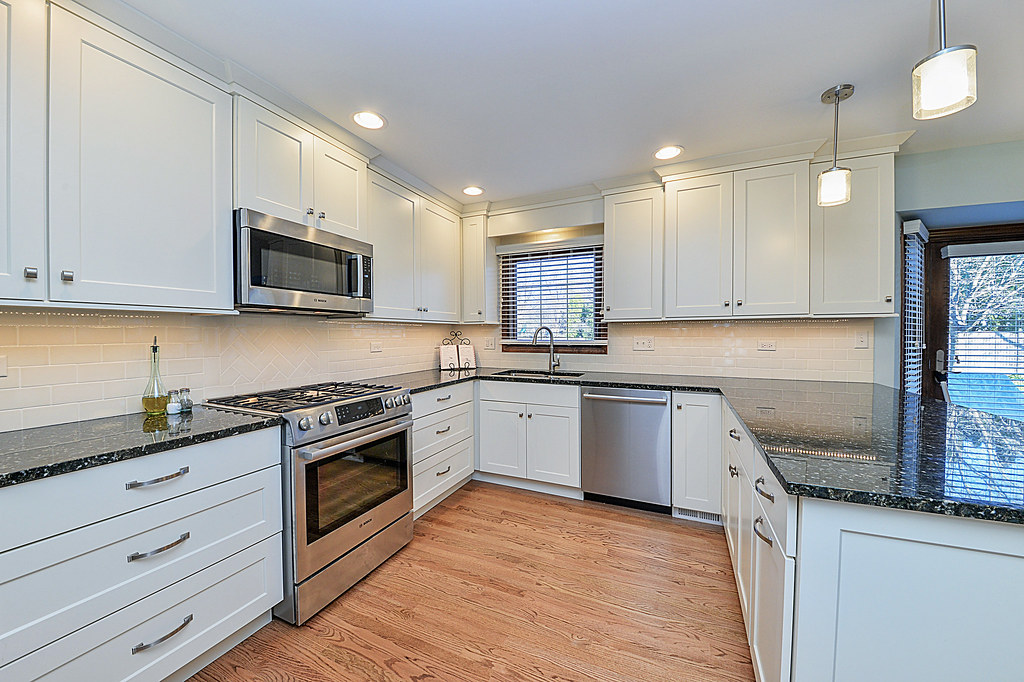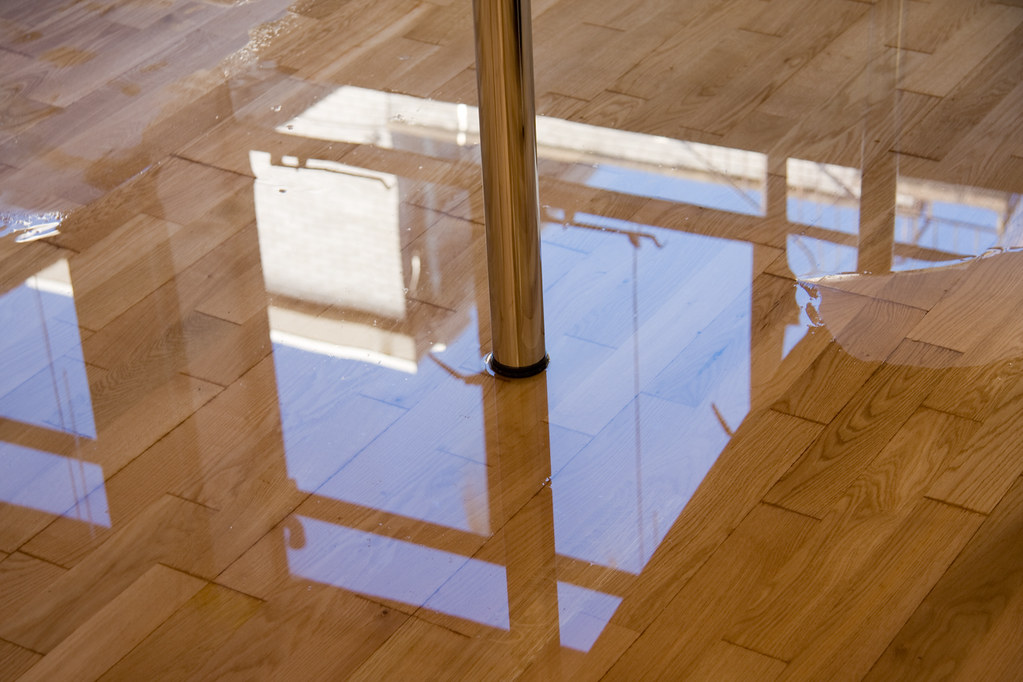A loft conversion creates a large extra space which could be used as an additional bedroom, home office, bathroom or nursery. It also increases the value of your property and can add a considerable amount of living space to your home.
Before you start a conversion, it is important to make sure that your loft space is suitable for it. This means that it must be a minimum of 2.4m in height from the loft floorboards to the highest point on the roof.
Roof Structure
The Loft conversion company is a great way to increase your home’s living space and boost its value. But before you start work, it’s essential to know whether your loft is suitable for conversion. The roof structure of your loft will determine how easy it is to convert. Typically, a loft with rafters will be easier to convert than a roof with trusses.
Rafters are sloping beams that run along the edge of the roof and create support for the roof. They’re often supported by a timber or steel ridge beam at the top of the loft.
These steel beams can be very long and heavy. They’re often difficult to manoeuvre, and need to be firmly bolted in place at purlin level and at ridge level to prevent them twisting or bending.
Height
The height of your loft will affect the type of conversion you can carry out. A lower roof will usually mean you have less headroom and the conversion will be more complicated.
A good loft ceiling should be at least 7 feet 6 inches, according to the International Residential Code. It should also allow adequate space for people to stand upright comfortably and move around the room.
There are several ways to achieve this height – for example, installing roof lights is a popular option.
Ideally, you’ll want a skylight in your loft conversion to let natural light into the converted space. This will make your loft feel brighter and can help to create a more spacious feel.
It is also a good idea to consider the position of your stairs and how they’ll connect your new loft with your home. If possible, try to match the style and design of the stairwell as closely as you can to keep your new conversion feeling like a natural part of your house.
Space
A loft conversion is a big job and you need to make sure that the space you’re working with can be converted to fit the type of layout you want. It’s also important to make sure that the roof is big enough to accommodate your conversion and that there is plenty of headroom.
Ideally, your loft should have at least 2.2m of head height from floor joist to ridge – and 2.4m for a trussed roof. This is the minimum headroom for a standard loft conversion, and is required by law.
If the loft does not have sufficient head height, you can either lower the ceilings in the rooms below or raise the roof. This will add to the cost and may require planning permission, but it is possible.
Chimney or Services
Chimneys are designed to provide a draft that moves smoke, fumes and heat away from the home. However, they can become a hazard if they’re not properly maintained or repaired.
A chimney needs to be inspected annually to ensure that it’s free of debris. This will prevent soot and creosote build-up, which can lead to house fires.
Some chimneys may also need a relining system, which is a high grade stainless steel rigid or flexible pipe that inserts into the flue liner of your home’s chimney to vent heat and fumes.
Another important component of the chimney is the smoke chamber, which sits between the top of your fireplace and the base of your chimney and directs smoke and fumes upward. This can become cracked or worn out from heat and soot and may need to be parged with a fresh layer of mortar.
You should always call a qualified chimney service to conduct a thorough inspection of your chimney and to perform any needed repairs or replacements. Licensed and experienced professionals like those at Always Affordable Chimney will be more than happy to help.









